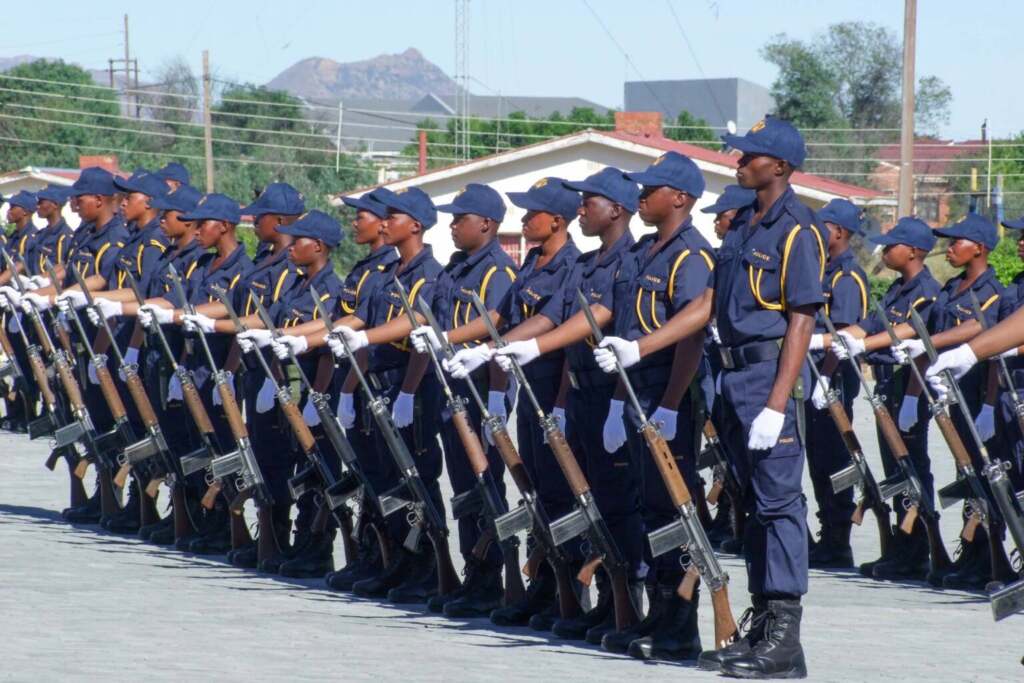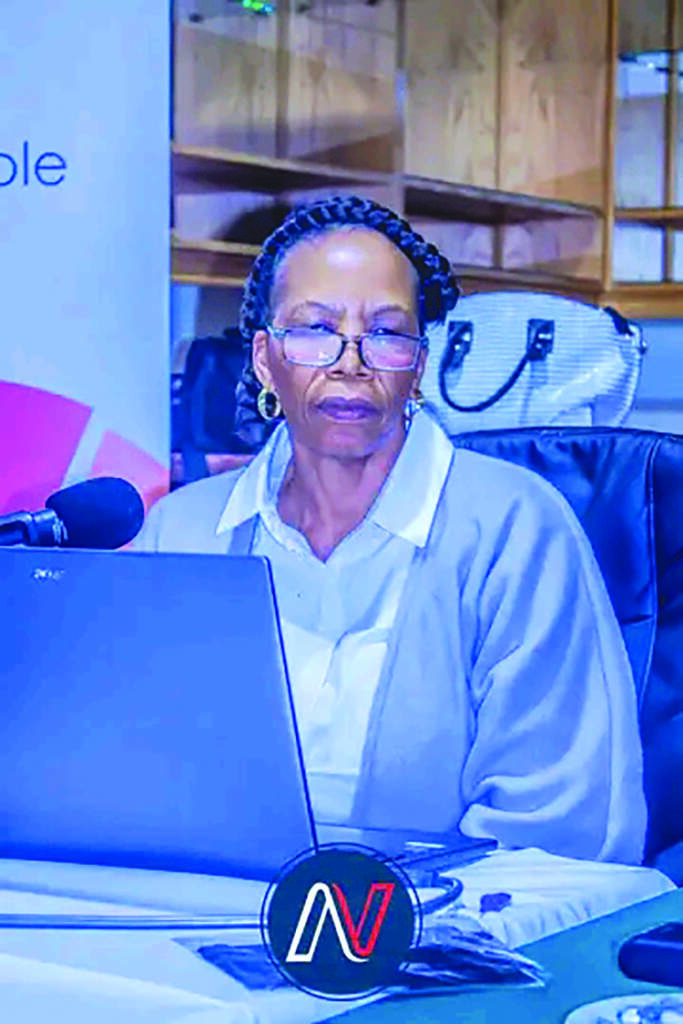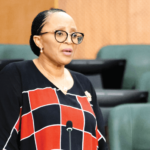Lehlohonolo Motšoari
The most recent Afrobarometer study has revealed alarming levels of difficulty and corruption faced by Basotho when attempting to obtain essential government identity documents and other services.
The study, conducted by Advision Lesotho, paints a grim picture of the systemic issues plaguing public service delivery in the country.
Advision Lesotho interviewed a nationally representative sample of 1,200 adult Basotho in March 2024. This sample size provides country-level results with a margin of error of +/-3 percentage points at a 95 percent confidence level.
Previous surveys were conducted in Lesotho in 2000, 2003, 2005, 2008, 2012, 2014, 2017, 2020, and 2022.
According to the latest survey results published yesterday, nearly three in ten Basotho attempted to secure crucial documents such as birth certificates, driver’s licenses, passports, voter’s cards, or permits from the government in the past year.
Shockingly, a staggering 64 percent of these individuals reported that obtaining these documents was an arduous task, with half of them describing the process as “very difficult”.
The most distressing revelation from the survey is the prevalence of bribery. Approximately 22 percent of respondents admitted to paying bribes to facilitate the issuance of required documents, a drastic increase from six percent in 2017.
This alarming trend underscores a deep-seated issue of corruption within government service delivery, where citizens are compelled to resort to unlawful means simply to access their rightful documents.
Furthermore, the report highlights an alarming statistic regarding police assistance. Of the 21 percent who sought help from the police in the past year, a troubling 12 percent disclosed that they had to grease palms with bribes to obtain the necessary assistance.
In the healthcare sector, although to a lesser extent, four percent of respondents disclosed paying bribes to health workers or hospital staff to access medical care or services.
While comparatively lower, this still reflects a troubling trend of corruption impacting critical sectors that are vital for the well-being of the citizens.
Afrobarometer is a pan-African, non-partisan survey research network that provides reliable data on African experiences and evaluations of democracy, governance, and quality of life.
Nine survey rounds in up to 42 countries have been completed since 1999. Round 10 surveys are currently underway. Afrobarometer’s national partners conduct face-to-face interviews in the language of the respondent’s choice.
Widespread lived poverty among Basotho
Earlier this week, on Tuesday this week, Advision Lesotho released a sobering report detailing the stark realities of lived poverty among Basotho, alongside their priorities for government action.
The findings, based on a comprehensive survey, highlight significant challenges faced by the population, especially in rural areas and among women.
According to the report, a staggering 85 percent of Basotho indicated that they or a household member went without a cash income at least once in the past year.
Sixty percent experienced shortages of food, while half endured periods without access to necessary medical care and water.
The survey also revealed that 59 percent of Basotho experienced moderate or high levels of lived poverty in the previous year, marking a notable 11-percentage-point decrease compared to 2020.
Despite this improvement, disparities persist, with rural areas and women disproportionately affected. Specifically, 67 percent of rural residents and 62 percent of women reported moderate or high-lived poverty, compared to 49 percent and 54 percent respectively in urban areas and among men.
Education also emerged as a significant factor influencing poverty levels, with 76 percent of respondents with no formal education and 66 percent with only primary schooling experiencing moderate or high-lived poverty.
In contrast, this figure drops to 33 percent among those with post-secondary qualifications, highlighting the role of education in economic resilience.
Furthermore, age played a role, as older citizens reported higher levels of moderate or high-lived poverty compared to younger respondents. Sixty-four percent of older adults experienced such poverty, compared to 50 percent among those aged 18-25 years.
Unsurprisingly, unemployment emerged as the most pressing concern for citizens, cited by 63 percent of respondents as one of their top three priorities for government action.
Infrastructure and roads followed closely, mentioned by 47 percent, while issues of water supply (23 percent), electricity (20 percent), and poverty alleviation (18 percent) also featured prominently.
The survey reflected deep dissatisfaction with government performance in addressing these priorities.
A significant majority of Basotho rated the government poorly in creating employment opportunities (87 percent), improving the living standards of the poor (68 percent), providing water and sanitation services (65 percent), ensuring reliable electricity supply (58 percent), and maintaining infrastructure like roads and bridges (58 percent).
Historical context of poverty in Lesotho
The Lesotho Poverty Assessment: Progress and Challenges in Reducing Poverty, produced jointly by the World Bank and the Lesotho’s Bureau of Statistics in 2019, found that the poverty rate in Lesotho fell from 56.6 percent to 49.7 percent between 2002 and 2017, driven by a reduction in inequality as a result of the expansion of the country’s social protection programs and an increase in wage incomes among the poor.
However, the assessment found that poverty was still widespread and economic vulnerability persisted with more than 75 percent of the population either poor or vulnerable to poverty.
Urban areas experienced a 13-percentage point reduction in poverty from 41.5 percent to 28.5 percent, while in rural areas, poverty decreased marginally from 61.3 percent to 60.7 percent.
Poverty increased in the rural highlands to 67.8 percent in 2017, an increase of 10.9 percentage points from 56.9 percent in 2002. It also increased in the Rural Senqu River Valley.
This assessment showed that between 2002 to 2017, urban areas experienced greater poverty reduction following improvements in education and increases in incomes from well-paying jobs largely in the services sector.
During the same period, poverty in rural areas stagnated due to slow growth in agricultural incomes, a fall in remittances, which serve as a buffer when weather shocks occur, and the vulnerability of the rural population to such shocks.
Poverty remained highly concentrated in rural areas where four out five of poor citizens live and where agriculture plays a major role in livelihoods. Key challenges in the agriculture sector include climate change and environmental shocks.
The report also showed that despite the growing urban-rural poverty divide, inequality fell as a result of expansion of Lesotho’s social protection programs and an increase in wage incomes among the poor.
“Lesotho is now more equal than its neighbors, but with a Gini coefficient* of 44.6, it remains one of the 20 percent most unequal countries in the world,” the report read.
Summary
- Of the 21 percent who sought help from the police in the past year, a troubling 12 percent disclosed that they had to grease palms with bribes to obtain the necessary assistance.
- According to the report, a staggering 85 percent of Basotho indicated that they or a household member went without a cash income at least once in the past year.
- The survey also revealed that 59 percent of Basotho experienced moderate or high levels of lived poverty in the previous year, marking a notable 11-percentage-point decrease compared to 2020.

Your Trusted Source for News and Insights in Lesotho!
At Newsday Media, we are passionate about delivering accurate, timely, and engaging news and multimedia content to our diverse audience. Founded with the vision of revolutionizing the media landscape in Lesotho, we have grown into a leading hybrid media company that blends traditional journalism with innovative digital platforms.









